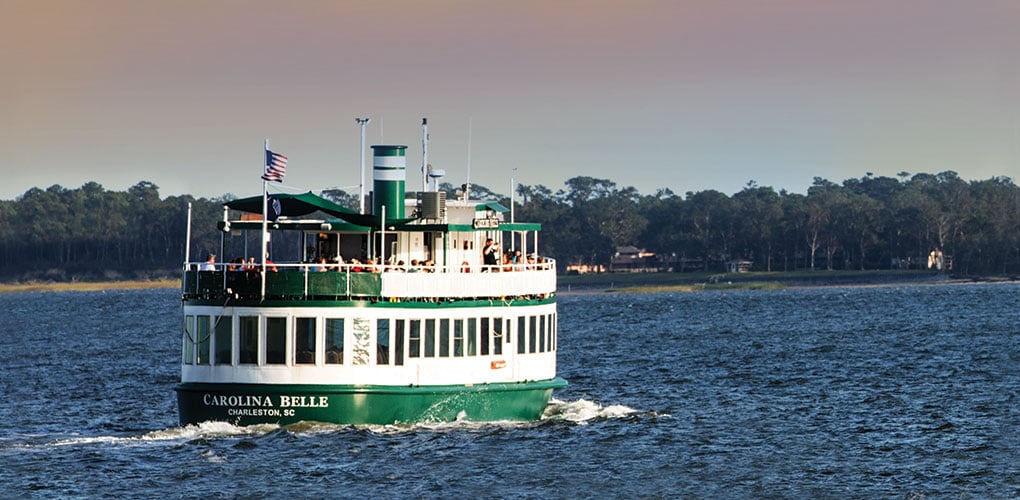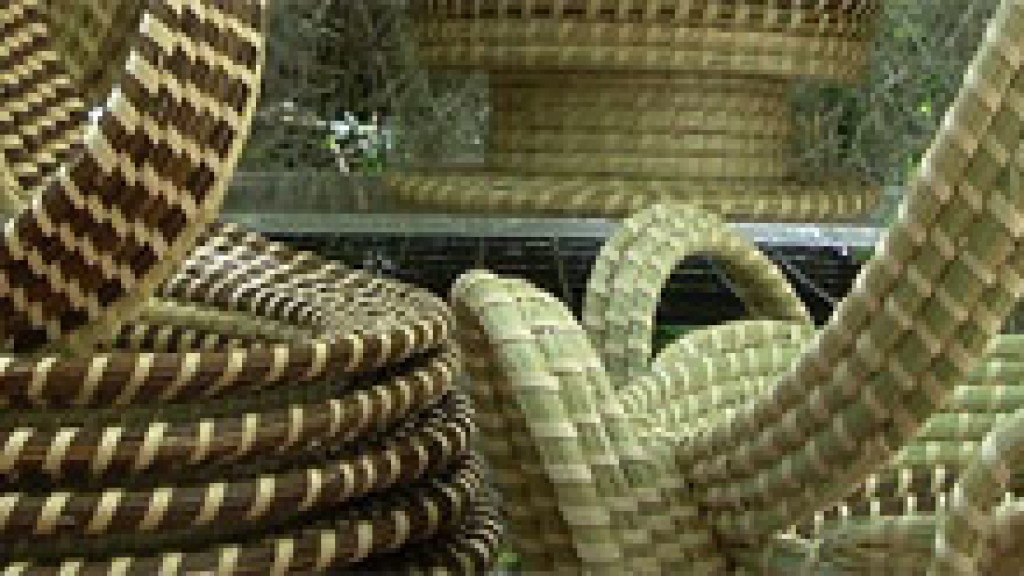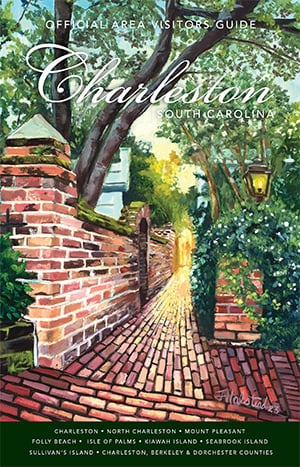
Sweetgrass Cultural Arts Festival

Event Details
Stepped in South Carolina's history is the legacy of the sweetgrass basket makers of Christ Church Parish in Mount Pleasant. Through oral history of the African slaves, the basket making technique can be traced to West Africa, their home. What is known of slavery and its culture and lifestyle has been richly preserved by their descendants living on lowcountry plantations. Meticulous details, of events has been carefully handed down from one generation o th next during basket making sessions since their arrival.
Sweetgrass basket making, called sewing until the 1970s when the term weaving was documents in a research project, survived the 300-year journery in America and has remained unchanged. The basic patterns begin with a knot, or long row. This is “sewn” upon until the basket reaches its desired size. Styles are created by the manner in which the basket makers maneuver the grass while making a stitch.
The earliest weavers in Christ Church lived at Boone Hall Plantation. Oral history gives an account of slaves making baskets to winnow rice and store dry goods. Following the Civil War, four major eras occurred in the sweetgrass industry. In the 1865 period, as freed families attempted to establish a household, utensils were extremely limited. The baskets were made in large quantities to store dried grain, okra, salted fish, corn and wild herbs saved for medical purposes.
The 1911 storm that struck the South Carolina coast completely devastated the newly formed Hamlin Community where most of the basket makers lived. On the night of the storm, they took shelter with family members who were still renting the remaining slave cabins at Boone Hall. By this time tourists had begun visiting the plantation and paid ten cents to enter.
The next decade would establish basket making as a family business. Viola Jefferson and Lavinia Barnwell still recall the early days of the excitement of seeing a car enter the gate. “A beel (automobile)!) was yelled by the first person spotting the car. All of the children hurriedly gathered their wares to try to impress the eager buyers who beckoned them to sing and dance. Competition was great and it stimulated the artisans’ creativity in their designs. Many of the porcelain items from the “Big House” were copied. It was during this period that Ike Coakley recalls selling baskets for the family to the Legertons a renowned local family that was shipping them to New York on the Clyde Line to be sold in specialty stores. He and his sister walked for 7 miles from Hamlin to Shem Creek on Monday mornings to catch the ferryboat to Adgers Wharf on the peninsula where he met the businessmen. Sometimes he was paid as much as five dollars depending on the amount of baskets bought.
The 1930s were crucial. There was no work available. Sam Coakley, the local preacher in the community, organized the basket makers to sell in bulk to be shipped to New York. He was able to negotiate this through his sister-in-law Dolly who had been previously selling the baskets to the Legertons. Because there were no cars in the community, the businessman made his weekly trip to the “praise house” in Hamlin to make the purchases. The basket makers were ingenious in creating styles and techniques to attract the buyer to their wares. It was also during this period that the first basket stand was placed on Highway 17. Ida Jefferson Wilson who was renting a former slave cabin at Boone Hall fell into a confrontation with the overseer on the speed in which she was harvesting the crop. The bloody argument resulted in her being fired from her “day-labor job.” The new highway had just been completed and tourists were using it to travel from the North. The first day she placed a white sheet on a chair and made a sale selling a fruit basket. Within the week she had her husband Jack to construct a basket stand and she was in business. When the news spread that she had made money from her stand, there were many other stands to follow.
The 1960s ushered in the modern era. Edna Rouse began the first out-of-town basket show in North Carolina through the new owners of Boone Hall Plantation who were fascinated by the construction of the baskets. This increased the popularity of the baskets in other states and was later captured on video and in magazines. Mary Jane Manigualt, daughter of Sam Coakley, hosted a basket show at the White House during the Reagan Administration; Elizabeth Seabrook Coakley had her basket displayed at the Smithsonian. In 1988 the community organized the first organization for the preservation of the sweetgrass basket making tradition named the Sweetgrass Cultural Arts Preservation Society.
